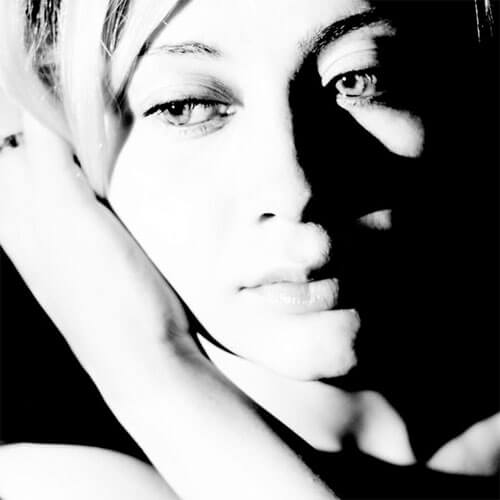Kristina Varaksina is a Russian photographer currently living and getting Photography MFA Degree in San Francisco, USA. In May 2013 she received Best in Show Portfolio Award at Academy of Art Spring Show. In May 2013 she received 1st Place Award for at Academy of Art Spring Show for her image "Aspirations". In April 2013 she was chosen among the six recipients from USA of 2013 APA EP Educational Grants. In February 2013 her image "Aspirations" won the Digital Photo Magazine "6th Annual Your Best Shot" photo contest.
In May 2012 she recieved Best in Show award at Academy of Art Spring Show for her self-portrait image 'Typewriter'. Her work was exhibited at the APA Something Personal show in January 2012 – February 2013. In the Fall 2012 she was also published in CMYK magazine among 100 New Best Creatives of the US. In her photography she explores human psychology by telling stories and creating imaginary worlds. Color palette is one of the key elements in her work.
Source: kristinavaraksina.com
